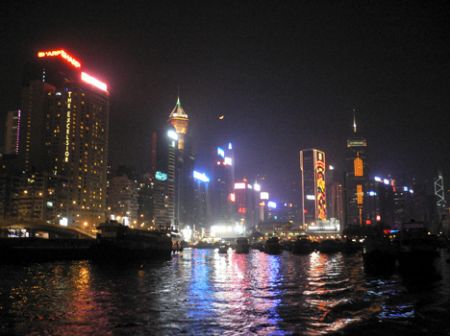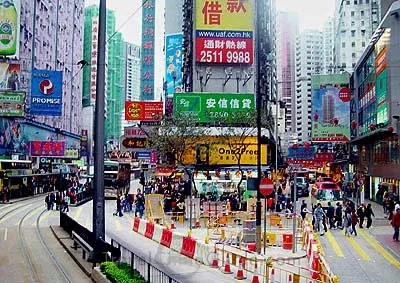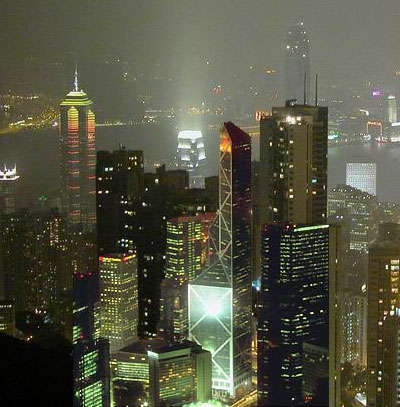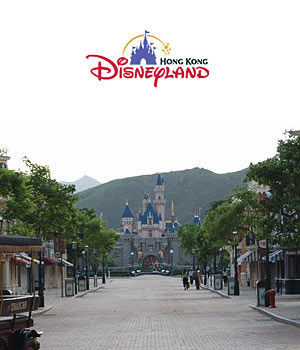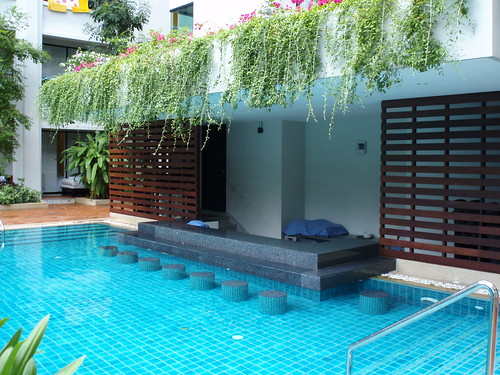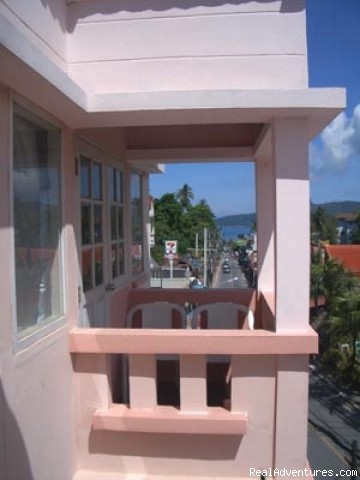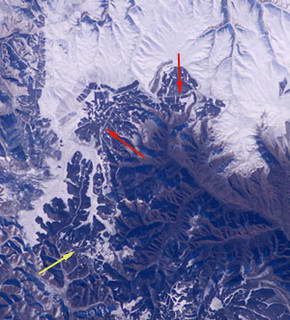

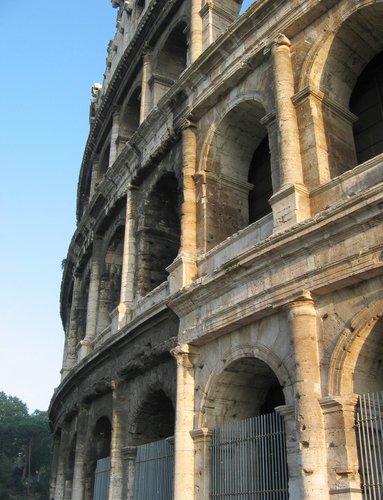

Known as the Colosseum since the Middle Ages, either because of the huge statue of Nero that once stood outside it or from its sheer size and magnitude, the Amphitheatre Flavium or Flavian Amphitheatre has been one of Rome’s major landmarks for nearly 2000 years. Its fortunes have fluctuated. It was the centrepiece of Vespasian’s regeneration programme and the home of vagrants, a palatial fortress and the city’s stone quarry.
The Beginnings of the Colosseum
The Colosseum was begun in 70AD by the Emperor Vespasian as part of his regeneration of Rome. Roma Resurgens was Vespasian’s motto. As the city rose from the ashes of civil war and unrest, so the Colosseum rose from the basin of the lake of Nero’s Golden House to become the city’s first permanent, all purpose stone amphitheatre.
The building remained a family project. Its grand opening was in 80AD under Vespasian’s son the Emperor Titus. Vespasian’s youngest son, the Emperor Domitian, added the structural finishing touches by completing the arena area.
Repairs to the Colosseum
The amphitheatre was repaired and modified several times in its history. The building was particularly vulnerable to fires because of its wooden arena and upper ring of seating. Initial repairs were detailed. Archaeologists have discovered that the original corridor décor of red, yellow, green and black painted plaster was changed following the fire of 217 AD to a plainer red and white style.
As time went on, repairs were less meticulous. A lightening strike in the third century meant that the building again went up in flames. Repairs took two decades and did not have the attention to detail of earlier eras. The last recorded repair of the amphitheatre was in 443 AD when an earthquake destroyed the upper tier of seating. Repairs on this occasion were makeshift and incomplete.
The Decline of the Colosseum
Gladiatorial contests were outlawed in 438AD and the games stopped completely in 523AD after one final animal hunt took place in the arena. The Colosseum became redundant until it became a refuge for the city’s vagrants. Makeshift dwellings were set up in the basement corridors. Gradually, a small community of artisans grew up around the former amphitheatre. A road was built down the main axis of the arena which became a storage yard whilst outside the perimeter walls, a number of dwellings were erected.
Plundering the Colosseum
By the 12th century, the Colosseum had once more gone up in the world when it become part of the Frangipane family’s fortress. The family occupied two levels of arches at the eastern end of the structure until the building left their ownership, eventually falling into the hands of the church. Its stone began to be plundered with records showing travertine stone from the building was put up for sale in 1362.
By the renaissance, humanists such as Pope Eugene IV were calling for the historic remains to be preserved. This did not prevent the building from being used as a ‘quarry’ supplying stone for great renaissance buildings such as the Vatican’s St Peter’s church.
In the sixteenth century, the church sanctified the former amphitheatre, due to the misconception that it was a place of martyrdom for early Christians under Nero. A small church, the Chapel of Santa Maria Della Pieta was built in the north eastern corner of the arena. This in no way stopped the slow erosion of the building’s structure and soon only the north side of the building left relatively intact.
The Conservation and Excavation of the Colosseum
Real conservation did not begin until the seventeenth and eighteenth centuries. A law was passed in 1743 forbidding any further removal of stone. The east and west ends of the building were reinforced to stop them collapsing. It was not until the nineteenth century that the first systematic excavations of the building began under Carlos Fea.
Sources:http://archaeological-buildings.suite101.com


